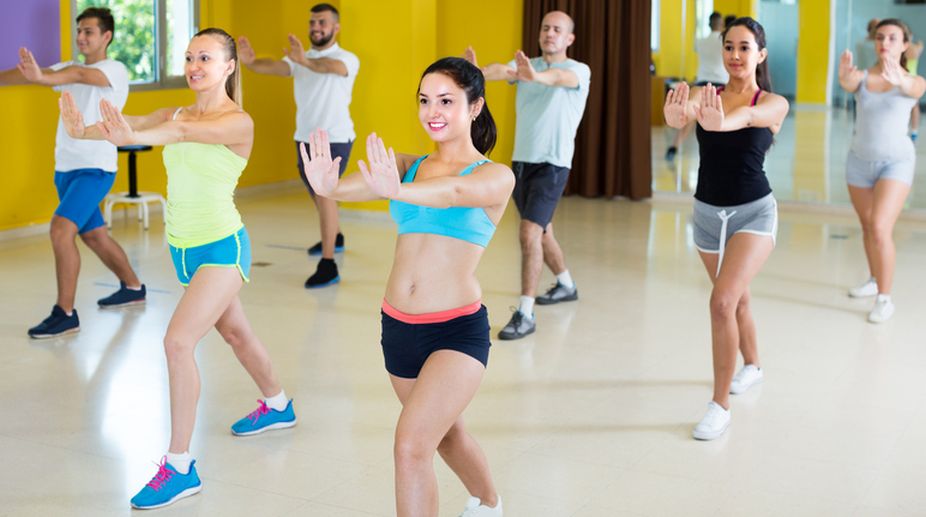Poila Baisakh: Significance of the rich tapestry of this celebration
Discover the richness of Poila Baisakh, the Bengali New Year celebration, marked by traditions, feasts, and cultural events across West Bengal.
A study was found that a Zumba-based fitness programme can improve the quality of life and emotional well being.

(Photo Source: Getty Images)
A Zumba-based fitness programme can improve the quality of life and emotional well being in university workers who lead a sedentary lifestyle, a study has found.
The research consisted of implementing a brief exercise intervention with the aim of studying its impact on the participants’ quality of life, both in the short and medium- term.
Researchers from University of Granada (UGR) in Spain and National University of Chimborazo in Ecuador led the study for five weeks.
Advertisement
Currently, working days in public university consist of an 8-hour schedule with predominantly sedentary tasks, thus increasing the total daily sedentary time and, therefore, constituting a potential risk factor for the health of university workers.
In this sense, it is necessary to develop interventions for the improvement of health, the promotion of healthy life habits and the quality of life in general through innovative and attractive exercise programmes in that labor sector.
Quality of life is a broad concept comprising various aspects of our life. More specifically, it is divided into 8 important dimensions: social, emotional, physical state, physical pain, physical functioning, vitality, mental health and general health.
The physical exercise programme was carried out three days a week at the end of the workday, through one-hour classes taught by a certified instructor.
This experiment caused significant improvements in most quality of life dimensions, according to the study published in the Health Education Journal.
Moreover, even two months after the intervention ended, most of the dimensions continued to maintain levels above those recorded at the beginning of the programme.
“The emotional dimension, which was the one with the lowest values at the beginning, was the one with the highest values at the end of the exercise programme and, therefore, the one that experienced the greatest improvement,” researchers said.
Advertisement